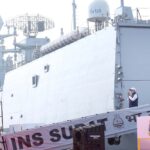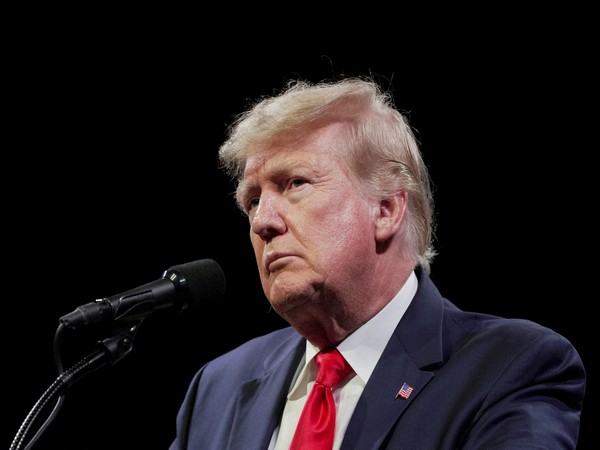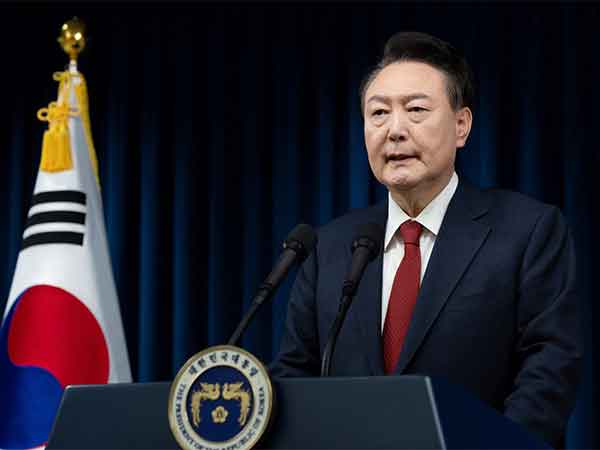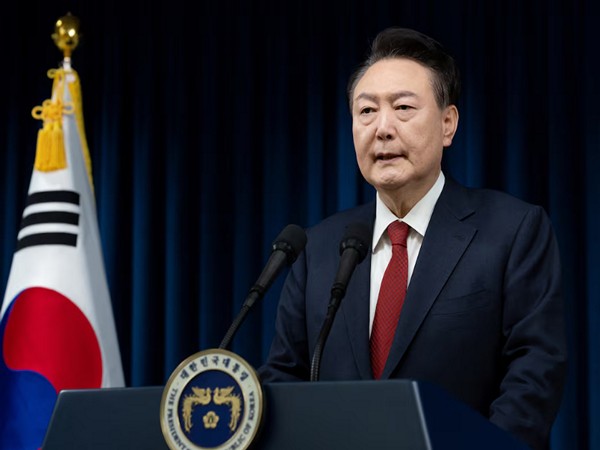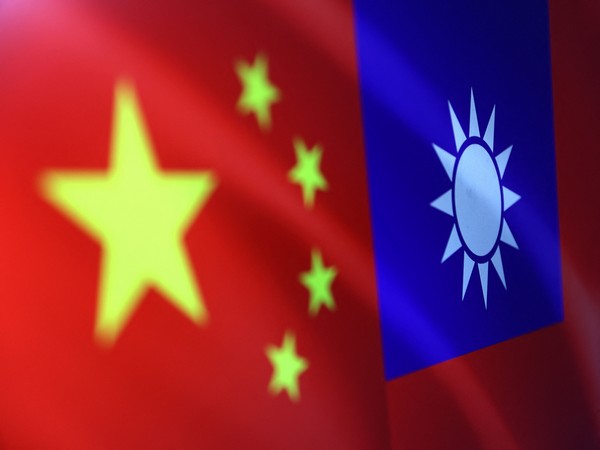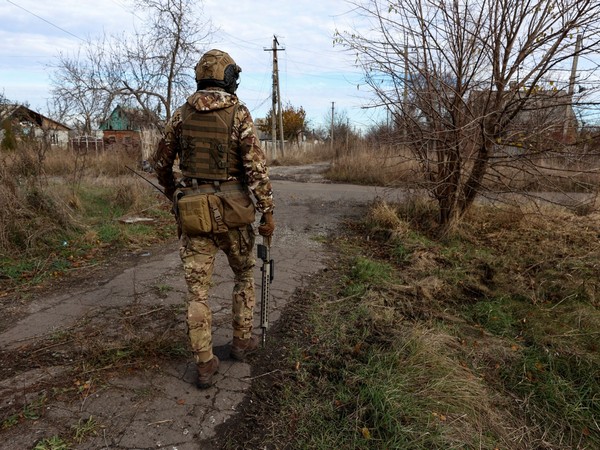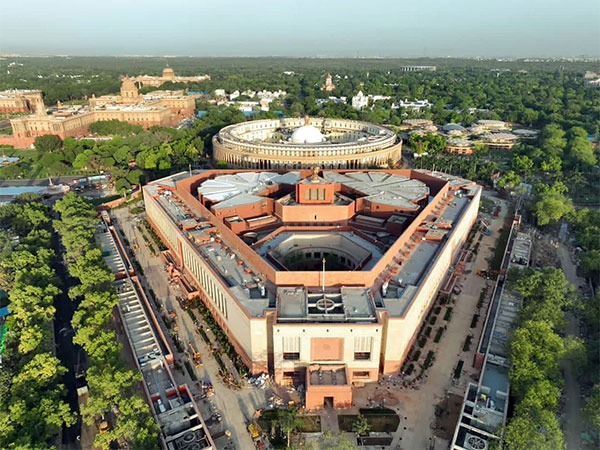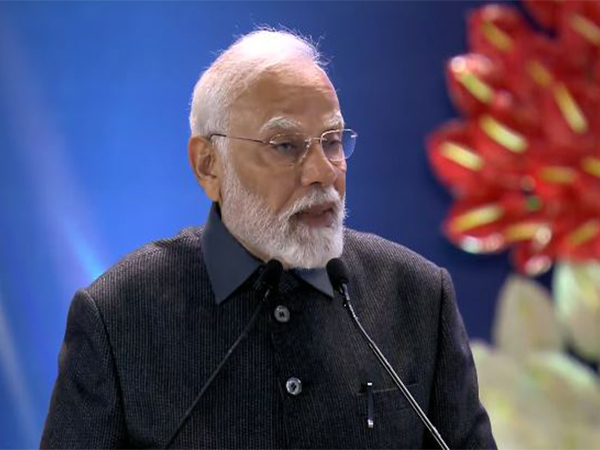
Washington [United States of America], February 27 (ANI): In the month of January, a massive, unidentified, high-altitude white balloon, flew over U.S. territory and allegedly carried surveillance equipment. The U.S. shot down the massive Chinese alleged surveillance high-altitude balloon (HAB) over the Atlantic Ocean off South Carolina after it spent days travelling across the country, the Indo-Pacific Centre for Strategic Communications (IPCSC) reported.
Soon after, sightings of more balloons were reported over Latin America. The Colombian Air Force initiated an investigation of an object with similar characteristics to a balloon detected above 55,000 feet in the northern sector of the country. Similarly, Costa Rica’s Civil Aviation confirmed spotting a massive balloon flying over the capital, San Jose.
IPCSC reported that several such balloons have encroached on US airspace in recent years, evading early detection at the time. At least four balloons have been spotted over Hawaii, Florida, Texas, and Guam. Three of the four instances took place during the Trump administration but were only recently identified as Chinese surveillance airships.
As per the report by IPCSC, the balloons can be operated at a very high altitude, as high as 68,000 meters, making it more difficult for aircraft to reach them. The alleged spy balloons are much harder to detect with modern radars. The choice of using helium-infused military-grade balloons offers easier manoeuvrability, allows the operator to extract precise data, can function perfectly well withstanding the harshest of weather, and is cost-effective.
China has since operated a fleet of spy balloons over the years targeting several countries, which have been spotted over five continents. The military surveillance balloon effort has been based in Hainan Province, off China’s south coast, and has extracted data and information on military assets in countries and areas that are emerging as strategic interests for China, such as India, Japan, Taiwan, Vietnam, and the Philippines, as per the report by the Indo Pacific Centre for Strategic Communications.
A similar-looking object was spotted hovering high over an important naval facility in India. One of the balloons was captured on camera flying over Port Blair. The Andaman & Nicobar Islands in the Indian Ocean are home to a strategically placed Indian Naval Facility, giving China all the more reasons to snoop around. And on that note, Japan voraciously joined the balloon saga, confirming that Chinese surveillance balloons had entered its airspace at least three times in the last few years.
The international uproar over the balloons has shed light on China’s military surveillance capabilities. The U.S. has since recovered sensors and other electronic equipment from the wreckage, which insinuates the balloon was likely used for eavesdropping on electronic signals. On further analysis of the debris, the balloon was equipped to detect and collect intelligence signals as part of a huge, military-linked aerial surveillance program.
China has been developing new balloon surveillance technology for years. These surveillance airships are part of the People’s Liberation Army’s joint air force efforts. The balloons were precisely developed to conduct surveillance operations, i.e., gather intelligence, which violates the sovereignty of those targeted countries.
Several intelligence examiners have concluded that the balloons supposedly belong to the CCP’s mysterious 5th force of the PLA, or “Stratospheric Army,” as some call it. The PLA is utilising HAB for intelligence and reconnaissance activities that are capable of an Electromagnetic Pulse (EMP) attack. The high-altitude balloons that floated over military bases in several countries are considered a key “delivery platform” for secret nuclear strikes.
China requires significant amounts of helium to produce these high-altitude balloons to boost President Xi Jinping’s yearning for a “world-class” military to guard Beijing’s rise as a superpower. Xi has pushed for the recruitment of commercial businesses to help fulfil his desires for China’s military modernisation. The “military-civil fusion” programme aims to create a symbiotic relationship that provides the PLA with wider, faster access to commercial innovations.
First, China opens its first large-scale helium plant capable of commercial production. The Chinese Academy of Sciences, which designed and built the plant, projects an annual output of 20 tonnes in the form of liquid helium. The helium plant project was China’s first step towards reducing its reliance on US imports. The new facility will produce a fraction of China’s needs but more than enough to fuel Xi’s military capability agenda.
The facility is relatively inexpensive, and it could be the key to the mass production of more helium plants in China to meet the country’s annual helium consumption of more than 4,300 tonnes. Noble gas is used for making hi-tech products and will likely be used to build more balloons. Although China relies on the United States for the majority of its helium requirements, the spy balloon fiasco could lead to additional US sanctions, particularly on helium.
Second, the manufacturer of the Chinese spy balloons, “Zhuzhou Rubber Research & Design Institute Co. Ltd.,” is a state-owned military research institute with a weapon production license. The research institute develops and manufactures military products and is hailed as the sole manufacturing company of the China Meteorological Administration and the Military Equipment Development Department of the PLA’s Battlefield Environment Protection Bureau.
In the shocking aftermath of being exposed for manufacturing these balloons, the research institute later deleted all the information from its official website. Several Chinese companies associated with the “military-civil fusion” programme that was blacklisted by the US earlier this month over the ballooning controversy have ties to this effort.
The six companies include Beijing Nanjiang Aerospace Technology Co.; China Electronics Technology Group Corporation’s 48th Research Institute; and Dongguan Lingkong Remote Sensing Technology Co.
The other three are Eagles Men Aviation Science and Technology Group Co.; Guangzhou Tian-Hai-Xiang Aviation Technology Co.; and Shanxi Eagles Men Aviation Science and Technology Group Co.
The Chinese state-owned media deploys its propaganda tactics, insisting that the balloon was a “civilian airship” used for research, mainly for meteorological purposes, that deviated from its original trajectory. After the balloons were shot down, China expressed detestation towards America’s unnecessary hyping “spy” drama. And to no surprise, they were quick to push controversial claims about the US military spying on the Chinese.
The timing of these events unfolding seemed strategically planned; right before U.S. top diplomat Antony Blinken was set to meet China’s top diplomats to further assess their bilateral relations, it was postponed after the balloons were sighted. Apart from collecting data, the spy balloon sends a strong political message to the world about China’s PLA capabilities and progress in the technological realm. The espionage could have been a trial run to test the efficacy of AI-powered balloons in foreign airspace. Either way, there is a new threat to reckon with globally. (ANI)




